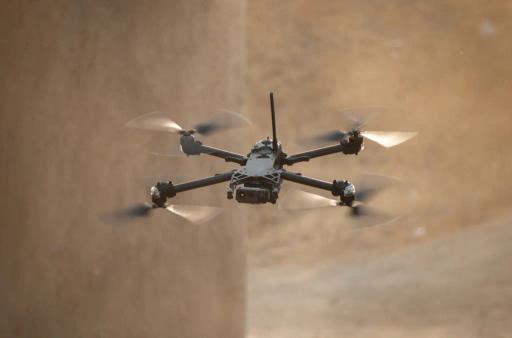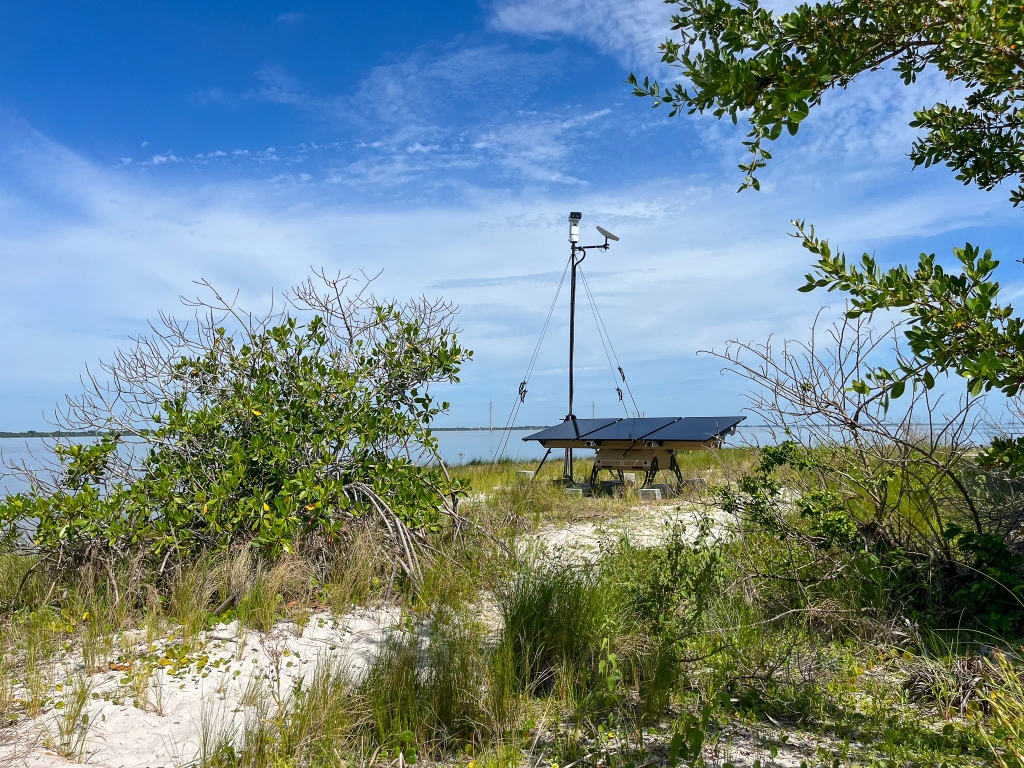
Skydio
Multi-vendor swarming and automated response
Picogrid Case Study
Maritime threat detection for U.S. installations

As maritime threats continue to evolve—especially around U.S. bases and ports—ZeroEyes Government Solutions (ZEGS) and Picogrid partnered to create something purpose-built: Z-CAS, the ZeroEyes Coastal Alert System.
Z-CAS brings together ZeroEyes’ AI-based firearm and threat detection with Picogrid’s deployable base defense platform to deliver persistent surveillance and rapid threat identification in coastal environments. Whether it’s an unauthorized vessel, personnel, or weapon, Z-CAS is designed to detect and alert in real time—before a threat reaches the shoreline.
“Z-CAS combines proven technology from both companies into a field-ready system that improves security of critical infrastructure without adding operator burden,” says Dustin Kisling, Executive Vice President at ZEGS.
For ZEGS, Picogrid provided the foundation:
Together, this stack allowed ZEGS to offer not just an idea—but a working, tested system. Z-CAS has already undergone successful testing with both Air Force and Navy users, showing clear improvements in threat visibility and operator response time.
“Picogrid systems are already deployed globally to secure military sites,” says Martin Slosarik, Co-Founder and Head of Growth at Picogrid. “Integrating ZeroEyes’ AI into our existing architecture gives commanders new tools to defend critical infrastructure—without sacrificing the speed, mobility, or interoperability they demand.”
With over 280 U.S. military installations located near water, Z-CAS provides a scalable and autonomous alternative to traditional coastal defense—especially valuable as unmanned surface vessels and unconventional maritime threats rise.
Today, Z-CAS is being evaluated for deployment not just on fixed bases, but at ports, special events, and mobile mission sets—anywhere coastal vulnerability meets critical infrastructure.
